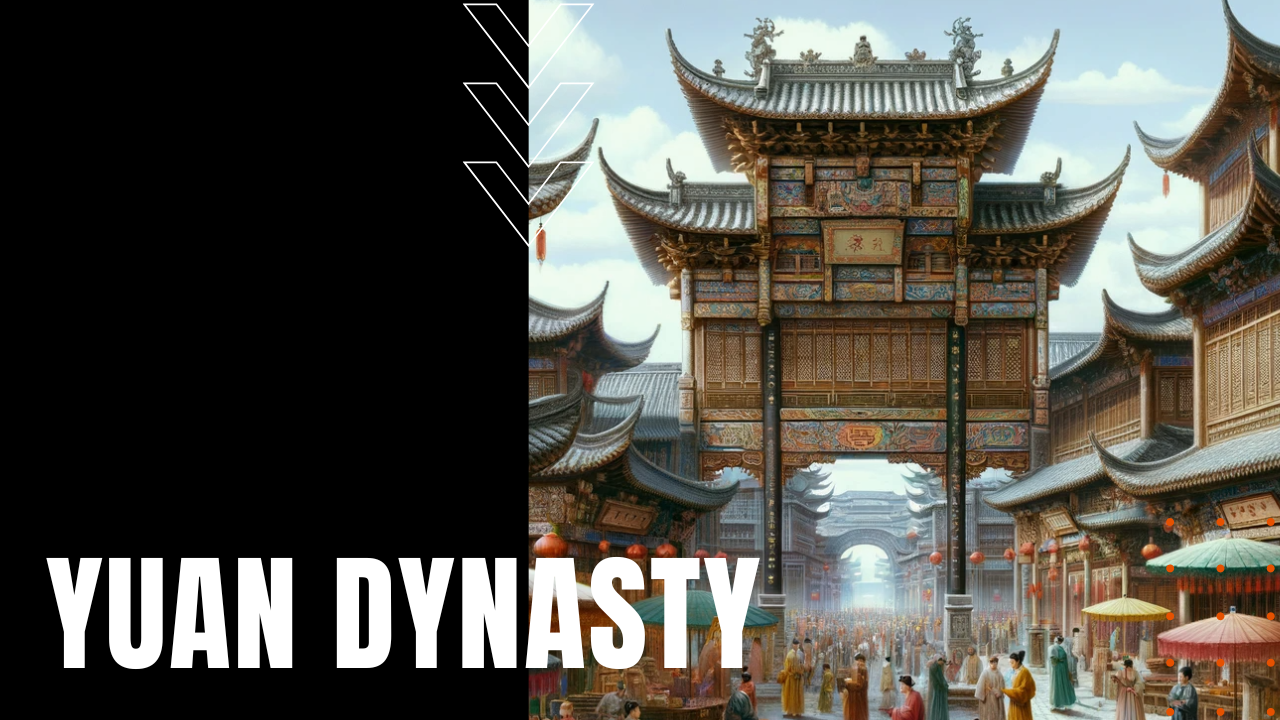The Yuan Dynasty

After centuries of repelling invasion attempts by nomadic Mongol leaders such as Genghis Khan and Mongke Khan, Kublai Khan crushed Song Dynasty defenders before establishing the Yuan Dynasty in 1279 AD, becoming the first foreign leader to rule over the full expanse of China. Inexperienced at running such a vast and complex empire, Yuan Dynasty leaders gradually adopted many cultural and bureaucratic models long existent in China, although a succession of natural disasters and runaway corruption fractionalized the Yuan Dynasty court during its 89-year reign.
Death of Meritocray
Abandoning the Song Dynasty’s long tradition of hiring civil servants based on merit rather than nepotism or cronyism, Chinese creatives and scholar officials withdrew from public life, spawning a period of intense artistic advances and new expressions that helped to define the period, including fundamental stylistic changes to Chinese painting, as well as the widespread introduction of blue-and-white decorated porcelain through the use of cobalt oxide.
End of Isolationism
Reestablishing long forgotten land and sea trade routes to the outside world, foreign goods and ideas flowed into the coastal cities of China, spawning innovations in lacquer furniture manufacturing, while the city of Jingdezhen became the thriving center of porcelain manufacturing and trade. After multiple failed attacks by Kublai Khan to invade Japan and Southeast Asia, following his death in 1294, Kublai Khan was succeeded by his grandson Temur Oljeitu, followed by a string of short-lived rulers beset by a devastating progression of famines, plagues and flooding along the Yellow River, resulting in hyper-inflation and widespread rebellion after government officials flooded the Chinese economy with too much worthless paper money.
Birth of Red Turban Movement
As looting and uprisings ravaged the nation, the Red Turban Movement under the peasant leadership of Zhu Yuanzhang replaced the Buddhist White Lotus Movement’s desire to reinstate Song Dynasty policies with his own anti-Confucian policies, eventually seizing power over the entirety of China before founding the Ming Dynasty under the name of Emperor Hongwu, making the Yuan Dynasty, a short yet impactful period in China’s 3,600-year history.
